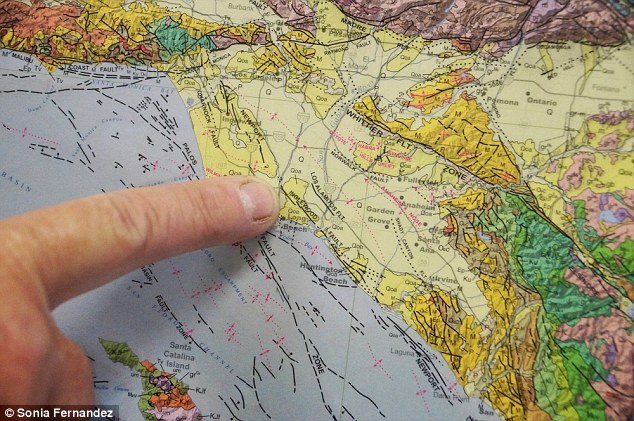
So says a geologist at UC Santa Barbara. Why? Because a fault in the area is leaking helium, indicating it's far deeper than any knew.
Me? I'll stick with the Chumash Indian belief that the turtle supporting the world has been still too long and it's time for it to make a major move.
Read the article @ Helium is LEAKING from massive earthquake fault in LA Daily Mail Online


